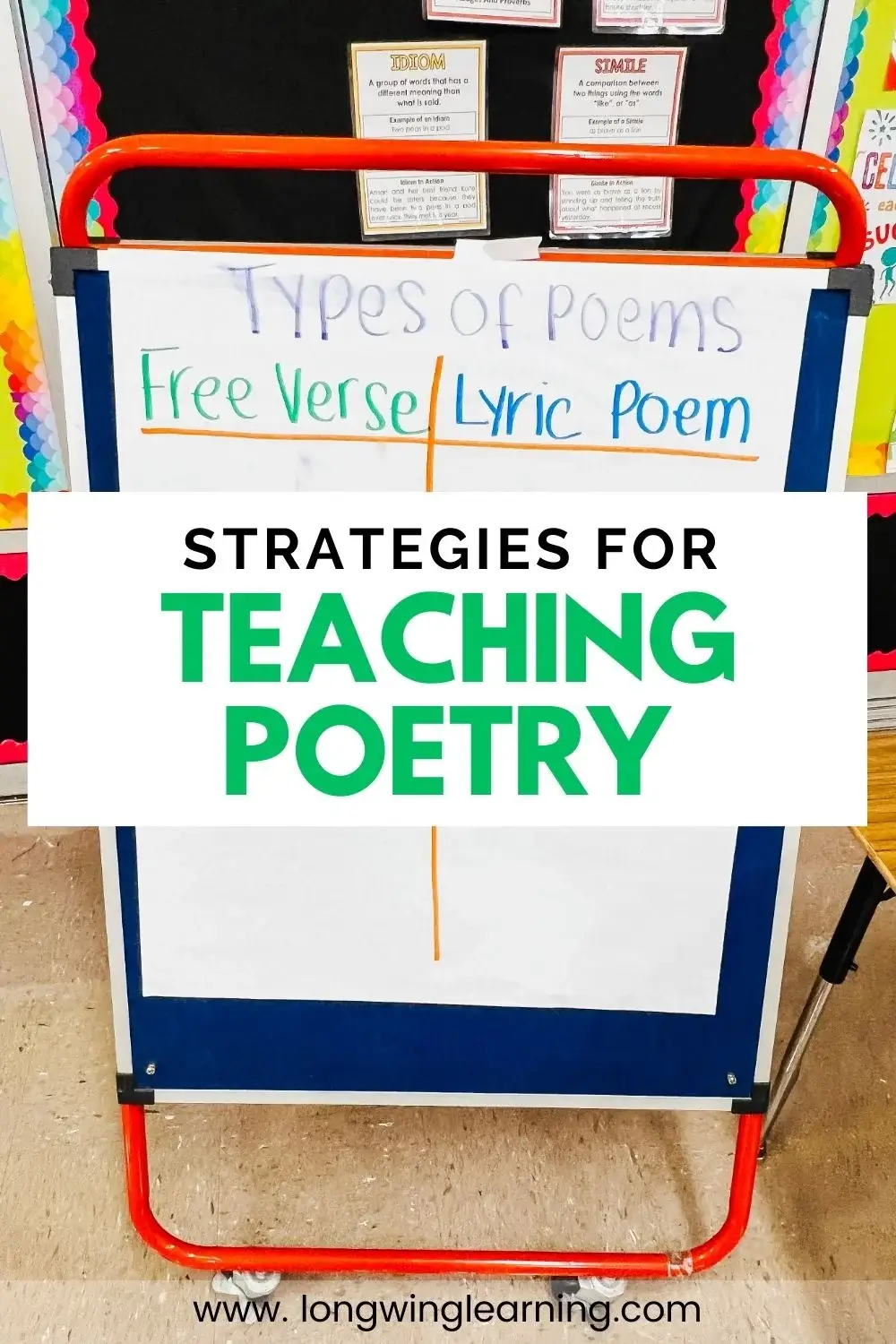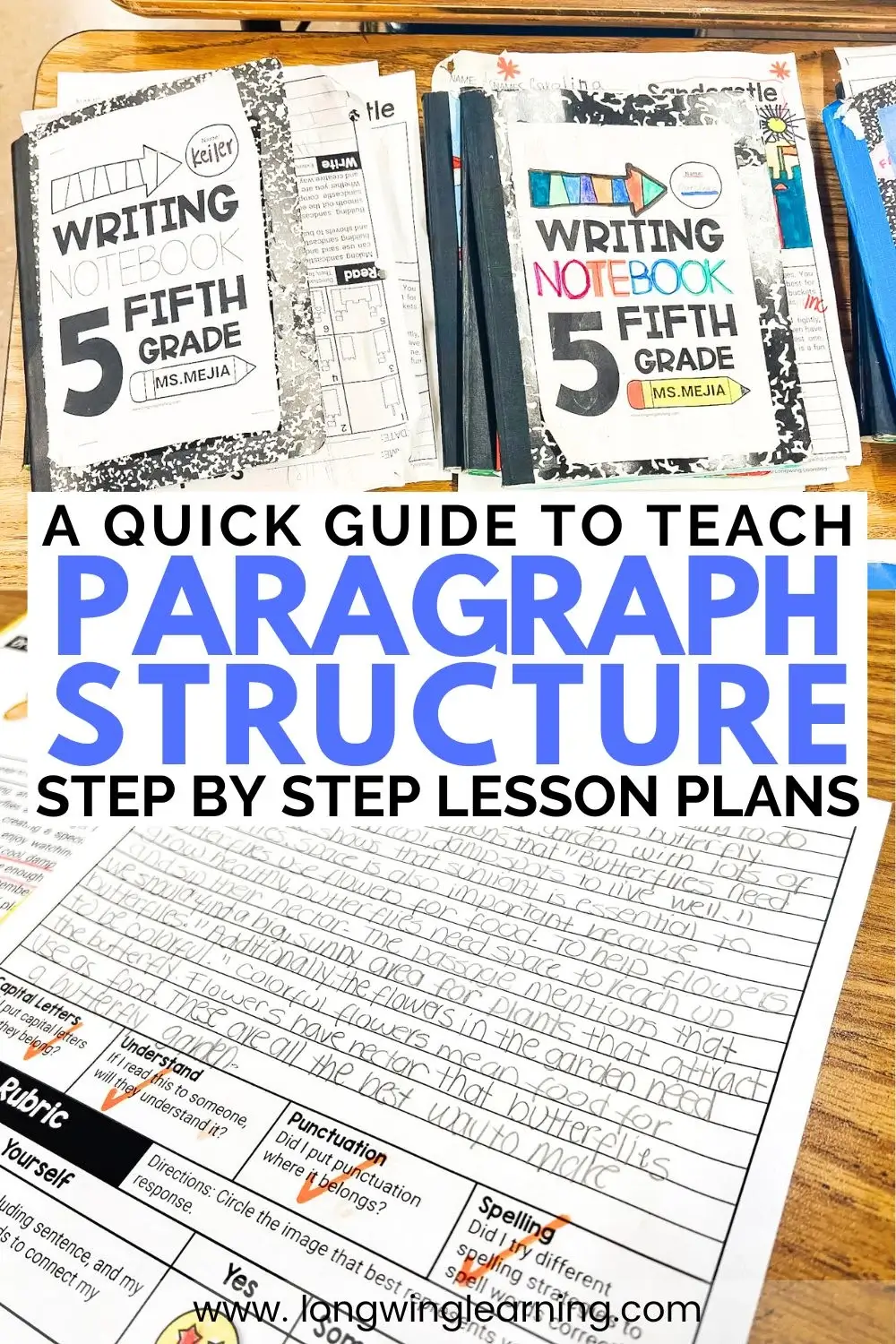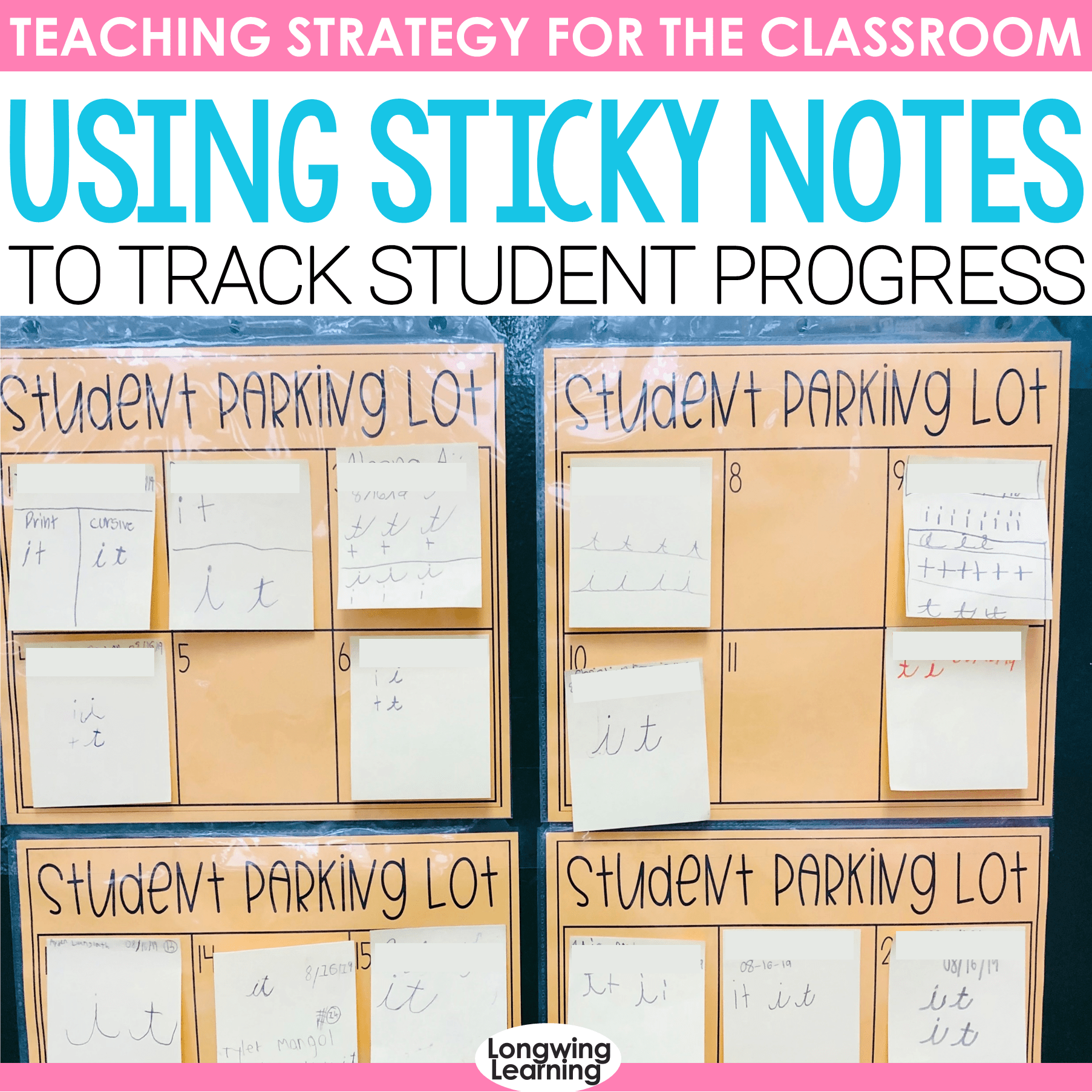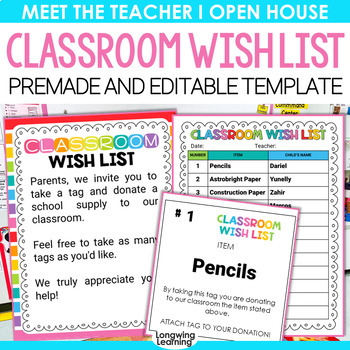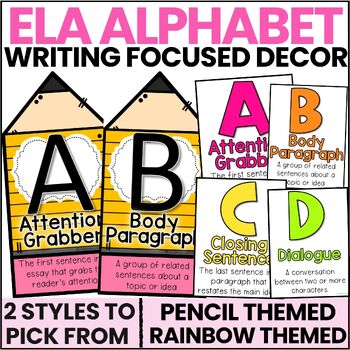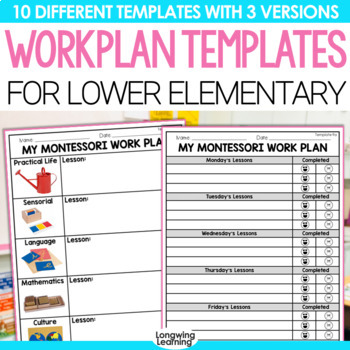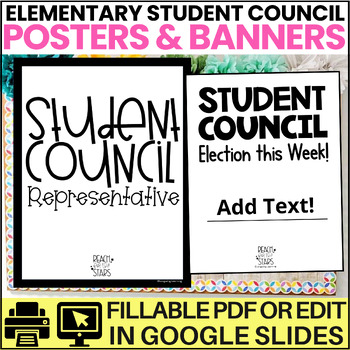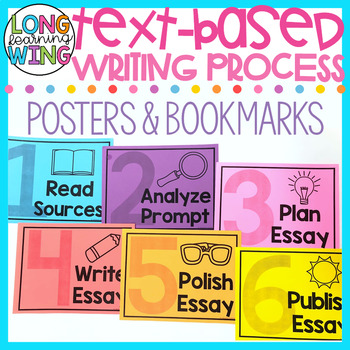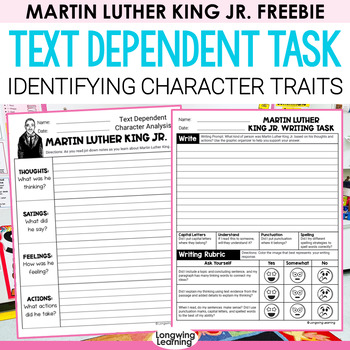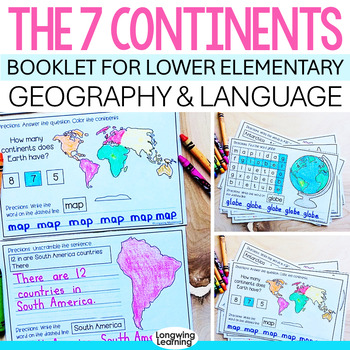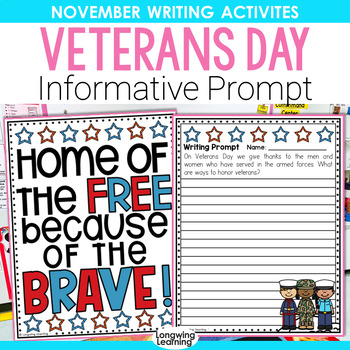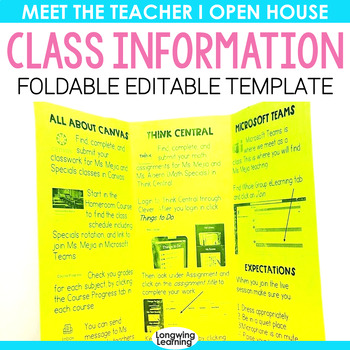The myths I believed about working with upper elementary students held me back from working with them sooner. Until my teacher internship, I had no idea what I was missing out on.
Are you freaking out to teach the “big kids” next year? I was terrified too when I found out, but all my fears were entirely wrong! To think that I was petrified at the beginning of my career to even teach the so-called “ big” kids.
The first time I accepted to become an upper elementary teacher, I was scared and even agitated to take it. Looking back, the main reason for feeling this way is that I never had a chance to work with them the way I did with primary grades.
Upper elementary grades such as fourth and fifth are the subjects of many myths, some of which can cause horror to even teach them. Others, like the myths listed below, are way off from the truth.
Myth 1: Mini Adults
They might be taller than my primary friends, but that does not make them independent. When I hear the word bid kids, what comes to mind is an independent child who knows right from wrong and can make good decisions.
You can consider them as mini-adults in training, but they are not adults!
They still need to be reminded of simple tasks like to write homework in their notebook, or how to organize their supply box. These simple tasks that are taken for granted as adults become the most valuable lessons taught in the classroom.
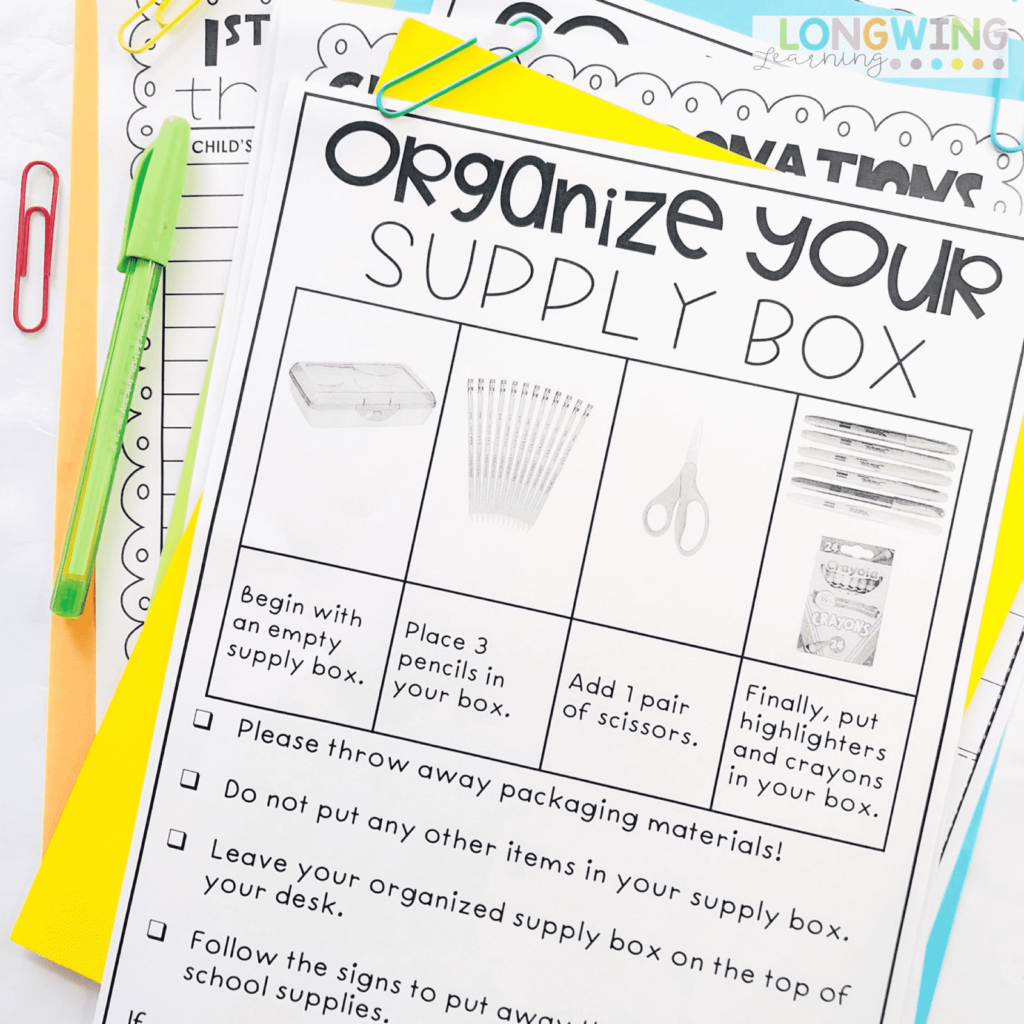
For these reasons, teaching life skills is still a thing in these grades. Now, you might not need to help them put their supplies away, but they need help in taking care of personal hygiene without being told to do so. You will be surprised how many kids do not know about deodorant!
There are still opportunities to teach them those essential skills that many adults think children just acquired as they get older. Here is a great article that I refer to when figuring out what life skills they might need.
Myth 2: Only Read Chapter Books
Not all picture books are made the same. There are picture books that are made for older kids. These types of picture books are rich in vocabulary, and the illustrations are more complex.
Fourth and fifth graders have tons of insights about the world and forming their own opinions and views.This is an excellent opportunity for them to learn through a range of books and not just chapter books.
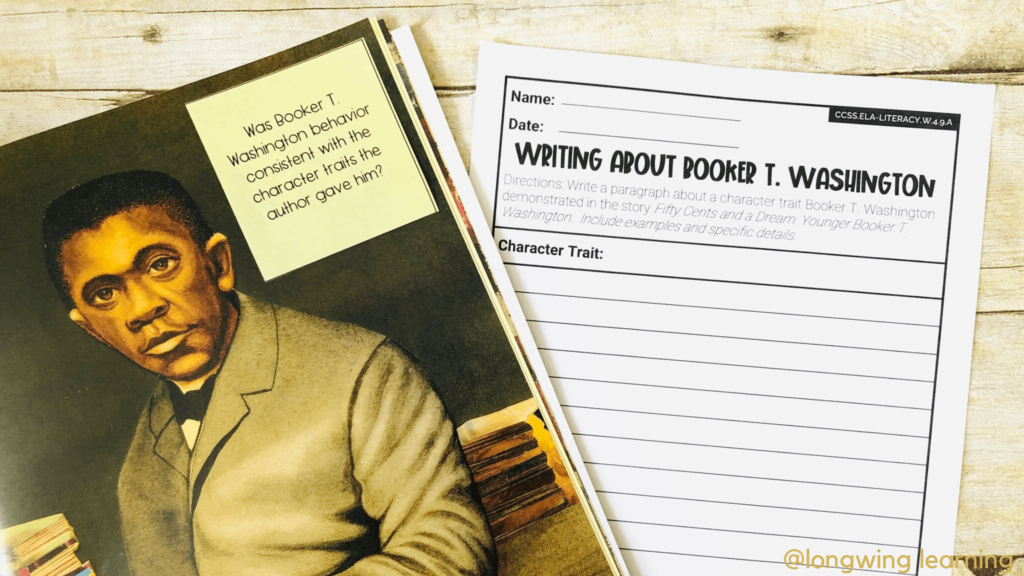
There is nothing wrong with kids still looking at pictures! Tons of these pictures books have content and illustrations that are considered to be advanced reading skills as symbolism, flashback, or including clues in the figures about the topic itself.
Picture books are still relevant, and many kids enjoy hearing stories as much as kindergartens do. One big difference is the topics they are now interested in.
In my classroom, my kids’ excitement towards any book grows when I tell them stories about historical events, or share relevant facts about a topic we are studying. By helping them make these connections, their interest level goes way high, making it a great read-aloud opportunity!
Myth 3: No Stickers!
These years come with new milestones and social needs, but they still go through the nostalgia of their younger years, and stickers are included in these things.
Stickers are still appealing with fourth and fifth graders. As an adult, I love stickers. There is definitely something addicting and fun about stickers, that attracts me to collect tons of them.
Many teachers stop giving them out because they fear they might offend an older child since stickers are associated with little kids. But, in my case, this has been far from the truth!
My kids love stickers! When I place a sticker on their paper, they get all giddy and show off their stickers. I use them in many ways and not just for rewards in the classrooms. If stickers are your thing as a teacher, go ahead and start using them!
Myth 4: Big Attitude
It is true, they need help in decision making and navigating the world of friendship. However, the kids all want to be accepted and love.
There will be behavior problems like in any other classroom, and there will be days better than others. But, many behavior outburst is from not knowing how to process what they are feeling. This goes back to teaching kids life skills to be successful in many areas of their lives.
One of my main behavior strategies fo behavior is to build a classroom community to get to know them. Building a classroom community helps students feel valued and connected.
Another classroom strategy is to be clear and straightforward about expectations. Effective behavior management strategies in the classroom help tons with behavior problems. For this, I like to use the acronym CHAMPS in the classroom.
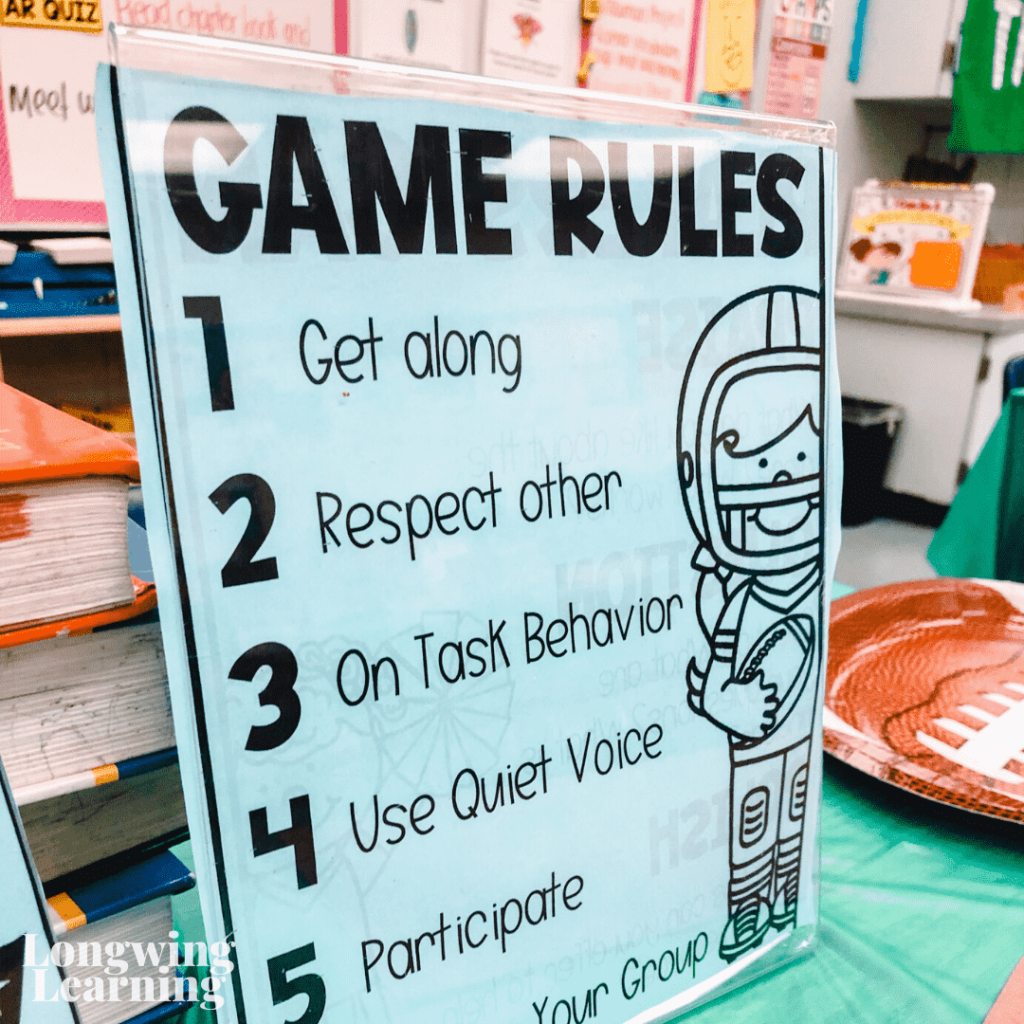
Myth 5: No Fun
The biggest myth in teaching upper elementary is that all the fun things go away. Absolutely, false! It is actually the complete opposite. Yes, there is more rigor, content gets challenging, and there are standardized tests. But this does not take away from a teacher being creative and making lessons engaging.
Coming up with engaging activities for tough lessons has taken my creativity level up a notch. In my opinion, I have been able to bring simple activities to a different level because they can do more. I am not limited by them not knowing how to read or write.
Some of my favorite activities in the classroom have been classroom transformations. The kids and I have a blast. The best part is that they are the ones that help me set it up and pick up the materials.
For example, this “football” field was their idea and they put it together.
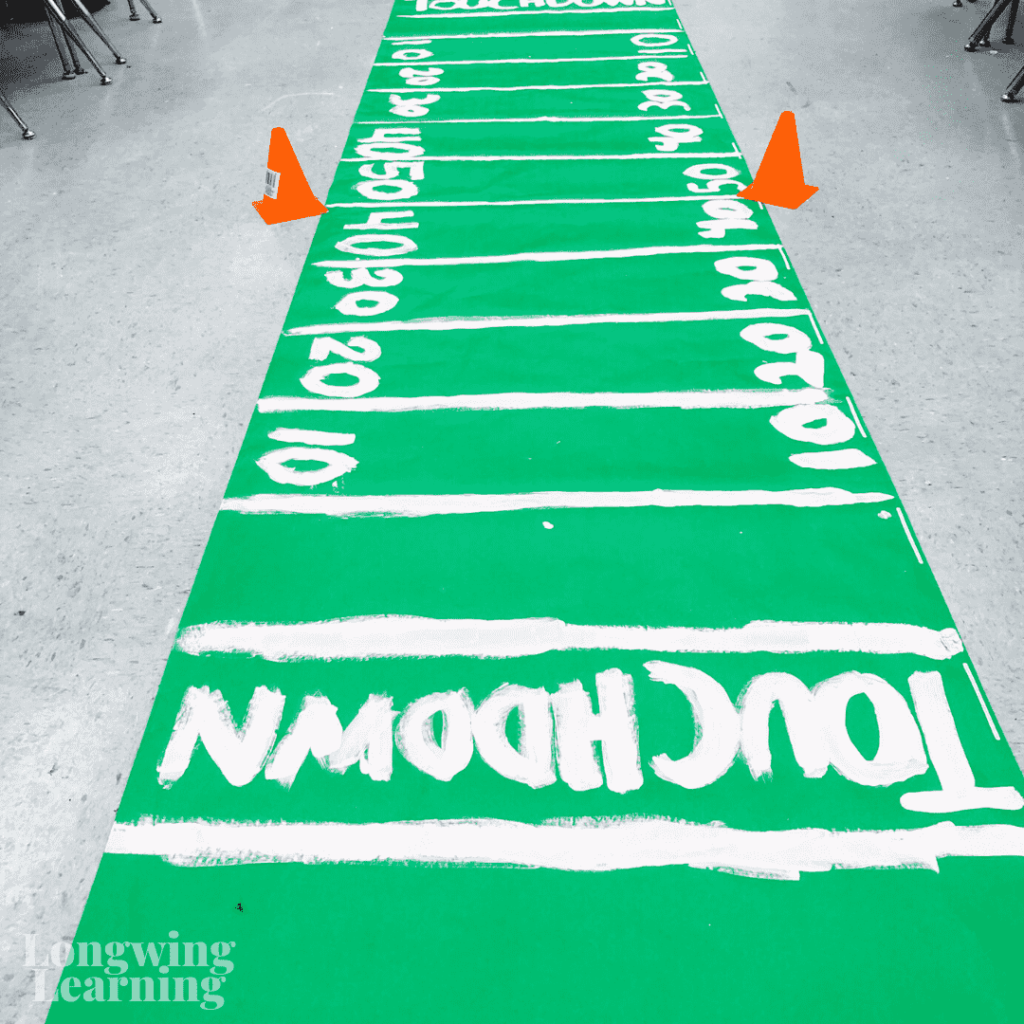
Technology is another fun tool we have used in the classroom, like the Merge Cube. The Merge Cube is a spectacular tool to bring augmented reality into the classroom. Many of these types of technology cover topics that are primarily taught in upper elementary.

Wrapping It Up
Until my teacher internship, I had no idea what I was missing out on teaching upper elementary. I didn’t know what to expect. I was petrified because all I had to go on were myths that negatively connotated teaching at these grade levels. Yet, the myths I once believed were way from the truth!







